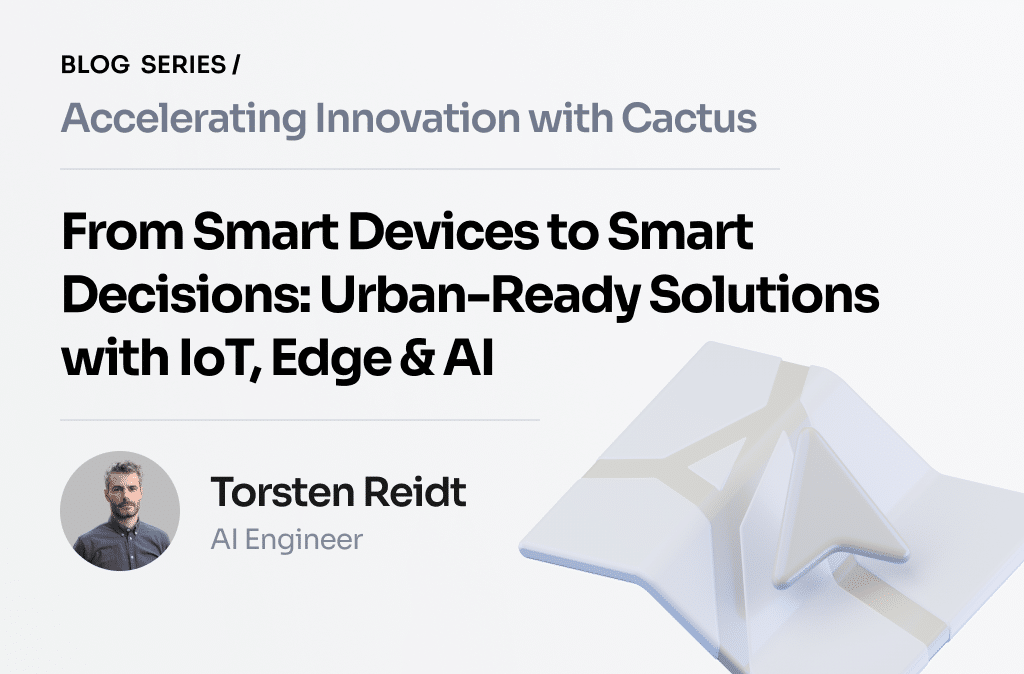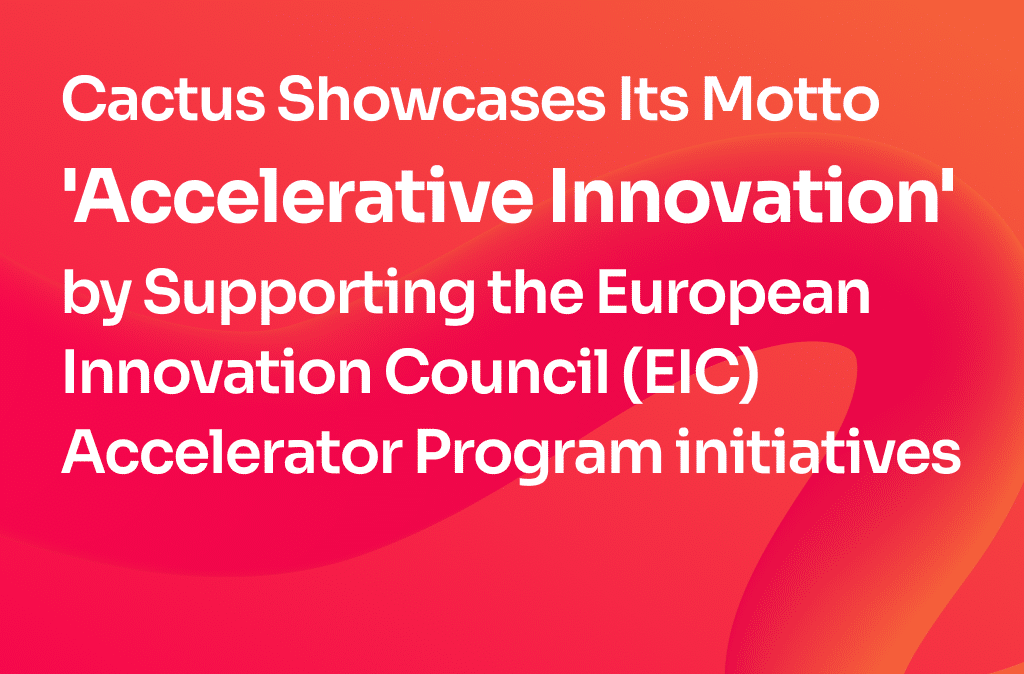The workplace and the nature of work are changing at an accelerated rate thanks to technology. The ability to transform the workplace, including the kind of work people do and the way they do, will determine whether organizations are able to remain relevant and sustainable in the long term. But the changes won’t be just about the technology itself. They will also be about how people use it to create and add more value by maximizing employee and customer experience.
It’s very difficult to predict with precision how the future of work will look like. However, there are some trends that will force the workplace landscape to evolve even faster, including technology, information, organizational transformation and employee experience.
I will explore briefly some of those trends and their impact:
Virtual and augmented reality and the “deskless workers”
Technology will facilitate the emergence of more “deskless workers” (those that work from wherever they want).
Today more people are teleworking and the trend will continue to impact the workplace (regardless of the latest setbacks in Yahoo and other companies).
In most companies, traditional technologies such as email, instant messaging and videoconference platforms allow employees to stay connected. But Virtual and Augmented Reality will “upgrade” the way deskless workers work and connect with their colleagues.

VR/AR is on the rise and revenues will be increase to $160B in 2020, while costs are estimated to decrease. The applications of VR/AR are innumerable, from recruitment, onboarding and training to more industry-specific uses. VR/AR will enable a new approach to teleworking.
Imagine the savings you can achieve by connecting via VR/AR with your colleagues, instead of having them in the office with you. Less time spent in commutes, therefore more money in employees’ pockets, less pollution too, a decreased amount of commute-related injuries, healthier food options (cooking at home) and less health care costs.
Teleworkers are equally or more productive than those at the office.
Data mining and employee experience
The company Three Square Market from Wisconsin offered employees a microchip implant. The implant would allow them access to the offices and easily pay for food. It’s not the first case in the world, but the first in the United States. The possibilities of such an implant are countless. But in reality we don’t need implants to mine data. We have these devices called “smartphones” that have enough sensors to track relevant information.
In the year 2022 69% of the entire population will have smartphones. By 2025 there will be 80 billion devices connected to the internet. And by 2020 more than 4 billion people connected to the internet. Each of those devices is a source of data.
Companies can mine data coming from an endless number of devices to track and analyze important variables. For example, data about food or exercise lifestyles. Thus, employers would be able to better customize health care options and retirement plans for their people.
The workplace of the future will be all about employee experience through extreme personalization of services. Not anymore the useless and unproductive one-size-fits all type of reward programs and compensation packages that treat all employees as if they wanted the same things. Mining data about people’s lifestyles will allow a more precise customization of the employee experience at work.
Informal, on-the-go, everyday learning
Lazslo Bock, former People Operations Head at Google said “when you look at people who don’t go to school and make their way in the world, those are exceptional human beings. And we should do everything we can to find those people.”
Millennials invested heavily in education only to find themselves indebted with an extremely low ROI.
There’s enough evidence that formal education is not necessarily improving their prospects to find good paying jobs (except for very specialized careers).
Generation Z is acting on that.

They are giving less value to formal education. Instead, they focus on the actual opportunities to learn. 75% think that it is possible to get education without going to college. The trend is for the newer generations to find opportunities to learn and sharpen their skills all the time, on-the-go, via shadowing colleagues, getting feedback and coaching, watching YouTube videos or signing up to an online program.
Unless a company is hiring employees with specific and highly specialized knowledge in scientific areas, my prediction is that the future work will depend more on those capable of developing and using their curiosity, creativity and critical thinking skills rather than those who come with a university degree.
Organizational structures
The existing organizational structures, hierarchical and functional, worked well for a less integrated and less collaborative workplace.
Such structures served well the purpose of organizing the work around knowledge pockets, centralizing the information flow and decision-making in functional managers who needed to keep control over their teams’ operations.
But they are obsolete now.
They are not responding to the demands of today’s workforce and the nature of work, let alone allowing the realization of people’s creative potential.
Hierarchical and functional structures are slow, rigid, political and inflexible. Today’s demands on the workplace and the workforce require agile organizations capable of quickly adapting and responding to the changing needs of their employees and customers. The information needs to flow in all direction without obstacles.
Information and decision-making authority can’t depend anymore on single individuals on top of the hierarchy. Simply because it’s impossible for them to either have all the elements to make proper decisions, or to make them fast enough to stay ahead of the curve.
More organizations will continue to move to more flexible and flatter structures, especially self-managed teams. Agile companies know that agility depends on distribution of power to allow highly effective and high performing teams to make decisions as they need, as long as they are aligned with the organization’s purpose. This trend will reshape entire companies and increase engagement and motivation in the workforce.
Workforce on-demand (contingent workforce)
On-demand workforce are those who are not on the regular payroll of a company but are hired on a contract by contract basis. You may call them freelancers or contingent workforce.
But they are not just your book-editor or social media analyst. They are innovators, researchers, editors, programmers, designers and people in many other fields of work.
And they are becoming way more important than ever before.

On-demand workforce will to continue to rise for at least two reasons. The first is that companies will keep on embarking in complex innovative projects that don’t require long-term staff, but require specific expertise difficult to retain. The second is that those companies can’t either afford or retain contractors for more time after their project requirements are met. 51% of the companies are planning to increase the use of on-demand workforce in the next few years.
On-demand workforce will transform the workplace. It will give flexibility and agility without the complexities of investing so many resources in talent acquisition.
Employee experience
Perhaps one of the most interesting areas of workplace transformation will be around employee experience.
The workplace will continue to evolve to the point where employee experience will become one of the cornerstones of its very existence.
Everybody used to say that the customer was more important than anything else. However, in the companies of the future, employees will be treated with the highest respect. They won’t be just “resources”
Futuristic workplaces will do whatever is necessary to create an environment in which their people find meaning, purpose, enjoyment and happiness. Doing so will allow them to truly give themselves fully to their jobs
Highly agile, innovative and flexible companies are transforming themselves now to prioritize employee experience.
The skills of the future
Two trends are increasingly impacting the workplace: workforce shortage and the expansion of the talent pool. It sounds paradoxical. How is it possible that there is a workforce shortage when 75% of the US workforce is actively looking or open to new jobs? The answer is simple. There’s a mismatch between people’s skills and the future needs of the workplace.
Many people think that for them to thrive and remain relevant and employable in the future they need to be in the tech world. But most of the relevant skills needed for in the future are not related to technology.
The World Economic Forum lists a number of skills that are more on the “soft” side than on the technical. Michael Dell, CEO at Dell Inc., thinks that the most important skill for the CEO’s in the future is curiosity. A study by OI Global Partners found that in 2017 the communication, leadership agility, eagerness to learn, emotional intelligence and understanding data are among the top 10 skills. The bottom line is that workforce of the future can’t rely on “experience” and old assumptions about the workplace anymore.
To stay relevant and employable is necessary to develop the capacity for curiosity, imagination, creativity, innovation, critical thinking, decision making, complex problem solving and collaboration. Those are the true relevant skills. Machines will do the physical work and store the information. Thus, it won’t really matter the facts stored in your head as your ability to decide and operate based on the visible and invisible reality.
Enrique Rubio is a Tech and HR Evangelist. He’s passionate about Human Resources, People Operations, Technology and Innovation. Enrique is an Electronic Engineer, Fulbright Scholar and Executive Master in Public Administration with a focus on HR.
Over the past 15 years Enrique has worked in the HR and tech world. A lot of his research and work revolves around the digitization of the workplace and Human Resources. Enrique currently works as an HR Specialist at the Inter-American Development Bank. He’s also the founder of Hacking HR. Enrique is currently building Cotopaxi, an artificial intelligence-based recruitment platform for emerging markets.








